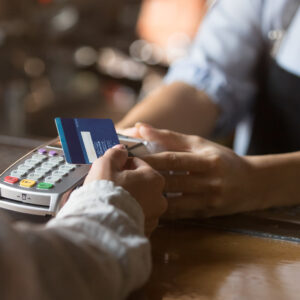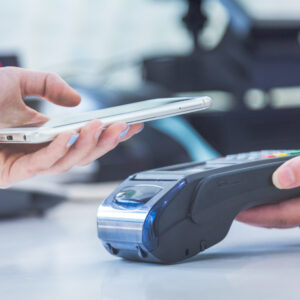In today’s digital age, understanding payment transaction processing is crucial for both businesses and consumers. Whether a small business owner accepting payments or a consumer curious about how transactions flow, learning the behind-the-scenes process can demystify the experience. Let’s explore how payment processors work and the key steps involved.
What is Payment Processing?
Payment processing refers to the steps that take place when a customer makes a purchase using their credit or debit card. This process involves various parties working together to ensure transactions are completed smoothly, securely, and efficiently.
The Key Players in Payment Processing
The process includes multiple entities:
- Customer: The individual making a purchase.
- Merchant: The business selling products or services.
- Acquiring Bank: The merchant’s bank that handles card payments.
- Issuing Bank: The customer’s bank that issues the credit or debit card.
- Payment Processor: A third-party service that facilitates the transaction by managing communication between all parties.
Steps Involved in Payment Transaction Processing
Step 1: Authorization
The payment process begins when a customer uses their card at checkout, whether online or in-store. The payment processor sends the card details to the acquiring bank, which then contacts the issuing bank for authorization. This ensures that the customer has sufficient funds and that there’s no suspicious activity. For example, a retail store processing an influx of holiday purchases relies on this quick authorization to keep transactions flowing smoothly during the busiest times.
Step 2: Authentication
The issuing bank verifies the transaction details, checking for available funds, valid card data, and potential fraud indicators. If everything checks out, the bank approves the transaction, sending an authorization code back through the payment processor and acquiring bank to the merchant’s POS system. In an e-commerce setup, this process happens in seconds, ensuring the customer can quickly complete their purchase.
Step 3: Capture
Once authorized, the payment amount is captured. For most transactions, this step occurs immediately, but for some businesses, such as online retailers, the capture may be delayed until the product is shipped. This ensures the customer is only charged when their order is confirmed. For example, an online electronics store waits until items are packaged and shipped before finalizing charges.
Step 4: Settlement
After capture, transactions are compiled by both the issuing and acquiring banks. During settlement, the funds are transferred from the customer’s bank account to the merchant’s account. This process often occurs in daily batches, where the fees charged by the payment processor and banks are deducted. For small businesses, receiving settlements promptly helps with cash flow management, especially during peak seasons.
Step 5: Reporting
Once the funds are settled, the final step is reporting. Both the merchant and the payment processor generate reports of all processed transactions. These reports are essential for businesses to track their sales and reconcile finances. A small coffee shop, for example, reviews its daily reports to track sales, compare busy hours, and analyze customer behavior.
Security Measures in Payment Processing
Given the sensitive nature of card transactions, security is a top priority throughout the process:
- Encryption: Sensitive data is encrypted to protect it during transmission.
- Tokenization: Card details are replaced with tokens to reduce fraud risks.
- Fraud Detection Tools: Sophisticated algorithms monitor transactions for any suspicious activity.
For businesses like a boutique clothing store, these security measures ensure that transactions are safe and that customers trust their payment system, helping them build loyalty and prevent chargebacks.
Why Understanding Payment Transaction Processing Matters for Your Business
Grasping the full scope of payment transaction processing is crucial for businesses looking to optimize operations and ensure secure, efficient transactions. By familiarizing yourself with the steps—authorization, authentication, capture, settlement, and reporting—you can make informed decisions that enhance your payment systems. Whether you’re handling online sales or in-person purchases, understanding these processes equips you with the knowledge to protect your business, streamline payments, and offer a seamless experience to customers.




